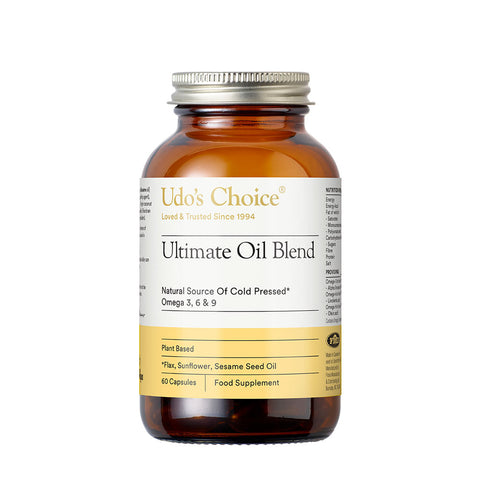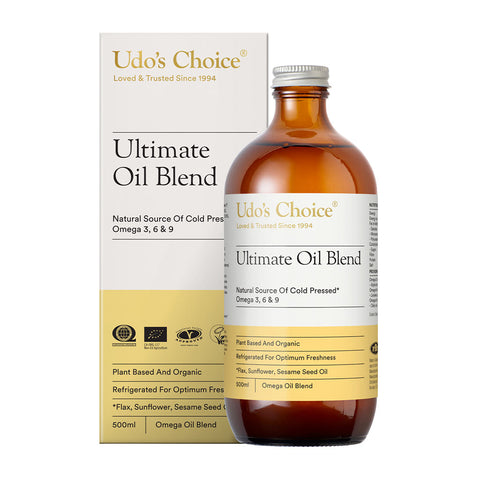I’ll start off by explaining what good fats are and the categories that they fall into, simply put good fats fall within two categories: unsaturated fatty acids and saturated fatty acids.
Unsaturated fatty acids are: monounsaturated fats (Omega 7 and Omega 9) and polyunsaturated fats (Omega 3 and Omega 6). Saturated fatty acids are: butyric acid, caprylic acid, lauric acid, palmitic acid, stearic acid, arachidic acid. Healthy ‘good’ fats have many functions to perform in the body: they are an important source of heat and energy coming in at 9kcal per gram and being the main source of energy for our muscles and heart.
Fats act as a carrier for fat soluble vitamins A, D, E and K and transport them around the body. Good fats act as a padding to protect and insulate our organs and bones. Adding good fats to meals balance blood sugar levels which in turn regulate insulin levels, they also provide satiety making us feel fuller for longer which is important for weight management.
Consuming good healthy fats stimulate fat burning in the body and stops fat storage. Good fats also help with hormone production as they are the raw materials. For example, cholesterol is a precursor to oestrogen, progesterone and testosterone, therefore by consuming a low fat diet could have a detrimental affect on the body resulting in hormone imbalances and/or insufficiency.
"Polyunsaturated fats Omega 3 and Omega 6 are the most unstable oils that can be destroyed by heat; they should only be consumed in their raw form such as whole nuts and seeds and their cold-pressed oils and should never be used for cooking."
Monounsaturated fats Omega 9 are found abundantly in olive oil, avocado, in a variety of nuts and seeds, canola oil, wheat germ and evening primrose oil; and Omega 7 is found in coconut oil, palm kernel, macadamia nuts and Sea buckthorn berries. Monounsaturated fats are more stable to heat then polyunsaturated fats; therefore, unrefined olive oil, avocado oil and rapeseed oil can be used for light frying.
The essential fatty acids (EFA) alpha-linolenic acid (ALA) and linoleic acid (LA) are found respectively within the Omega 3 and Omega 6 family. They are essential because unlike other types of fats these two cannot be made within the body and we can only get them from food sources. Foods rich in Omega 3 are flaxseeds, chia seeds, walnuts, green leafy vegetables and oily fish. Omega 6 is found more abundantly in safflower, sunflower, hemp, soybean, walnut, sesame, pumpkin seeds, wheat germ and also almonds, avocado, Brazil nuts, chia seeds, corn and canola.
Saturated fats are primarily found in dairy, meat, coconut, peanuts and palm kernel. There are short and medium chain saturated fats that our body uses for energy, are easy to digest and people suffering from liver or digestive ailments should include in their diet. For example, butyric acid helps to feed the friendly bacteria that keep our colon healthy and caprylic acid found in coconut oil is used to inhibit the growth of yeasts and candida in our intestines.
"Diets high in refined sugars can also create cardiovascular problems, in part because our body converts excess sugar into saturated fatty acids. Saturated fats are the most stable oil, even more so then monounsaturated fats; because of this butter and coconut oil are better choices to use for light frying."
Then there are long chain saturated fats and this is where we start to get into the ‘bad’ fats area; long chain saturated fats do have beneficial properties as they are used to build cell membranes, however, they are also the fats that make platelets more sticky that can readily form blood clots in arteries and play a role in cardiovascular disease. This does not mean that everyone who consumes long chain saturated fats found in beef, lamb, mutton, pork and dairy will get heart disease, however, if one has a predisposition and/or family history in heart disease then these foods should be limited.
Consuming good fats in your diet has been known to help with skin health, cardiovascular health, weight management, energy levels, brain development, reduced inflammation, fertility and improved joint health.
The term ‘bad’ fats come into play when referring to unsaturated fats that have been partially or completely hydrogenated. In the process of hydrogenation, oils are reacted under pressure with hydrogen gas at high temperature (120C to 210C).
With partial hydrogenation it is possible to stop the reaction when the desired degree of hardening has been achieved, and this is one of the industries major reasons for using the process – it allows cheap oils to be turned into semi-liquid, plastic, or solid fats with specific ‘mouth feel’, texture, spreadability and shelf life. This process creates trans fats and destroys all essential fatty acids that existed in the oil. Partial hydrogenation produces margarines, shortenings, shortening oils and partially hydrogenated vegetable oils. Large quantities of trans fats have been known to be detrimental to health and shown to increase cholesterol, decrease HDL, interfere with our livers detox systems, as well as, interfere with EFA function.
Complete hydrogenation is considered a safe fat as it does not create trans fats, however, the end result is a very hard solid fat that is pretty much dead as all it’s nutritional properties have been destroyed. Except for the fact that our body does not need it, doesn’t know how to break it down and it contains some toxins; hydrogenated fat is a manufacturer’s dream - an unspoilable substance that lasts forever.
Good fat food sources:
- Oily fish: salmon, mackerel, sardines, anchovies
- Nuts: almonds, cashews, brazil nuts, walnuts, nut butters
- Seeds: chia, flax, sunflower, sesame, pumpkin, hemp seeds, seed butters
- Seed oils: flax oil, hemp oil, avocado oil, coconut oil
- Vegetables: green leafy, avocado, olives
- Other: organic dairy, butter, coconut
Bad fat food sources:
- Refined vegetable oils
- Grain fed meats
- Fried, processed, fast food
- Margarines
- Cakes, biscuits, pastries, doughnuts
- Crisps, chocolate, peanut butter, energy bars, instant noodles





